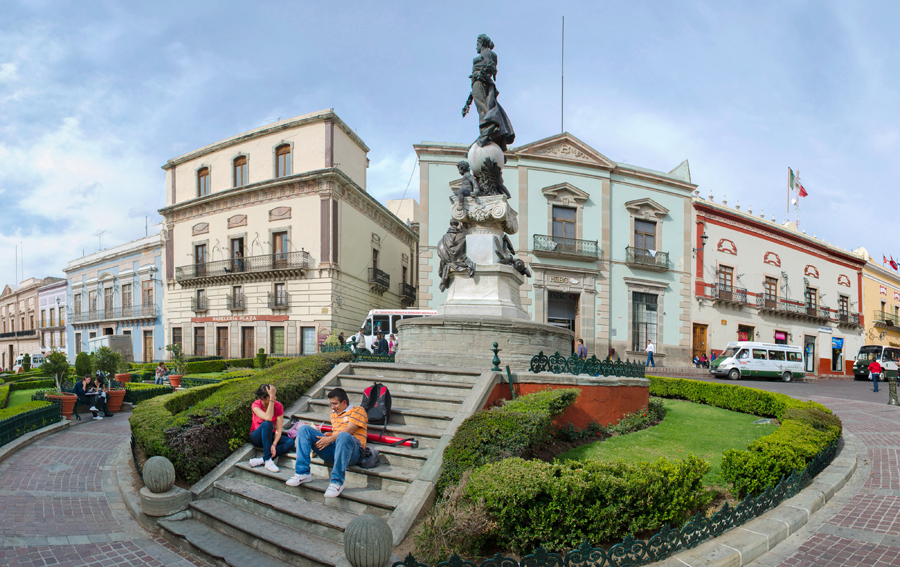Winnipeg has established itself as a cultural super-centre for festivals. From the Winnipeg Folk Festival to Folklorama to Culture Days, our city thrives on the festival mentality.
That is, until Leif Norman had his say.
The Flash Photographic Festival is modelled after a similar festival in Toronto: Contact Photo Festival, claiming to be the largest photo festival in the world with more than 200 participants. Although following the same mould as the Toronto festival, the Winnipeg variation has one essential difference.
“There’s no executive producer of the festival. “In our numerous photographers we have total newbies and we have people like John Paskievich; they’re classics, they’re literally legends in the Winnipeg photography scene.
“We have people that are doing pure art and we have people doing more commercial stuff. We have everything.”
While some big-name artists within the Toronto festival are paid to participate and hold solo shows at art galleries, all Winnipeg photographers are invited to take part in the festival – with each artist choosing their own venue and receiving 100 per cent of the profits earned during the showings.
“As long as the photographer has a show and secures a venue, and submits the submission fee to the festival, then they’re in!”
Norman emphasizes the importance of running an egalitarian program, intending to keep the playing field equal in future festivals.
“I don’t want to have the usual art-world stigma of saying certain people are better than others. I mean that’s what the art world is about. You go to the WAG because the pieces were chosen to be in. So sometimes it’s really good [ . . . ] but sometimes it means excluding people.”
The festival, now halfway complete, is seeing massive success.
“People have been saying that it is going really well. Anecdotally, people are telling me that they like it. The businesses are telling me that people are coming in and that it’s actually working. People are going there to look at the photography and then also experiencing the venue for what it is.”
With each artist selecting the venue that best represents their work, the festival is breaking down the barriers of the classic gallery showing of art. People do not need to go into stark white galleries to experience and understand the art. It is infused into their day-to-day living, by simply engaging with the unique venues around Winnipeg.
“I want to bring people into the downtown area to experience all these really cool little shops [ . . . ] Come down to the exchange, go down to Portage and Main. That’s unique. Look at the architecture [ . . . ] that’s where the power and the culture is.”
While wanting to draw more attention to downtown and the surrounding area, the main goal remains to expose Winnipeg to the diverse array of photographers of all levels working within the city.
“I want to help out the underdog,” says Norman. “I want to help out the photographer that’s never had a show. And I want Winnipeggers to buy photography.”
The Flash Photographic Festival runs all of October; each venue is marked with a festival logo. Visit flashfest.net for a complete list of photographers, venues, and events.


